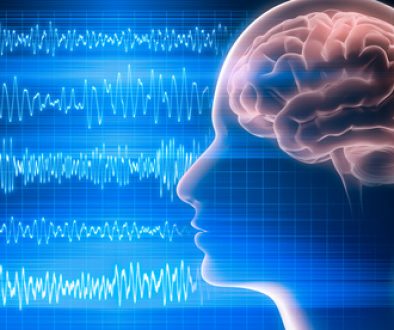Neurofeedback, Symphony in the Brain
“When I heard that there was a new kind of biofeedback that amplifies your brain waves and allows you to make your brain stronger, I thought, wasn’t biofeedback something that came and went in the 1970’s? I had never tried it, but I associated it vaguely with the seventies, the Beatles, and transcendental meditation. Biofeedback had a New Age whiff about it. Add the words “brain wave” and it sounded even wackier. Yet I was hearing interesting things about it, and I have always believed that the human mind is the last great frontier. I was battling chronic fatigue syndrome and had exhausted the traditional medical route, so I sold an editor on a magazine story about the new biofeedback and traveled to Santa Fe to test this “neurofeedback” and a variety of other technologies designed to enhance the performance of the brain at a weekend symposium put on by Michael Hutchinson, author of a book called Megabrain. I hooked up to a neurofeedback instrument for my first session. After training for a half hour, my mind was tired, my thoughts muddled. But an hour or so after I finished, I experienced what is known as the clean windshield effect. The world looked sharp and crystaline and I had a quiet, energetic feeling that lasted a couple of hours. It was the first time I had felt that way in years. And it convinced me to look a little deeper. This new biofeedback was something very different, I was told, a technique that could treat attention deficit disorder and closed-head injuries and depression and a long list of other problems. I looked into the research and found that the technique had been spawned by solid laboratory research on epilepsy in the 1960s and 1970.” pp.1-2. From A Symphony in the Brain by Jim Robbins. Most find their way to neurofeedback via a friend or the internet. Drs. Kelsey



